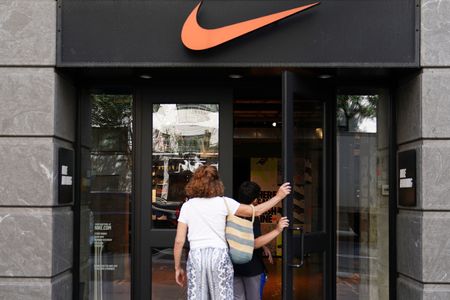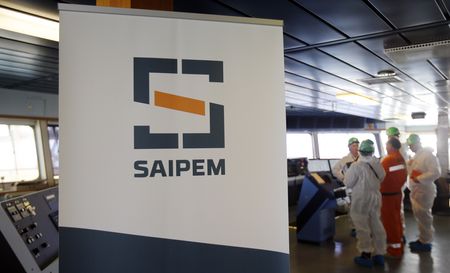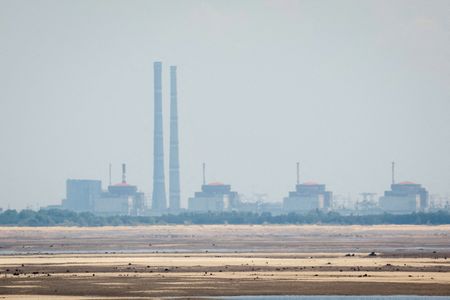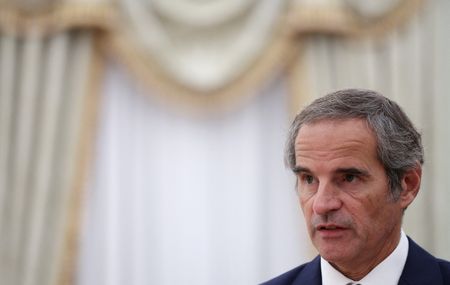By Juveria Tabassum and Nicholas P. Brown
(Reuters) -Nike on Tuesday reported a surprise rise in first-quarter revenue and beat profit expectations as the storied sportswear brand’s turnaround effort gained traction despite weakness in China and tariffs pressuring margins.
Shares rose 3.4% in choppy extended trading as the company also managed to clear some of its bloated inventory and wholesale revenues returned to growth in a sign of early success for CEO Elliott Hill’s plan to get Nike back to its former glory.
Executives warned the recovery was still a way off.
Nike now expects tariffs to cost it about $1.5 billion this year, compared with the $1 billion expected earlier. The sportswear brand makes nearly all its shoes in countries such as Vietnam that have been hit with steep duties under U.S. President Donald Trump.
CEO Hill, a Nike veteran, took the reins last year and has vowed to refocus the brand around core sports like running following a string of weak quarters, and to producing the kind of cutting-edge products Nike was known for.
“We’re also realistic that we are turning our business around in the face of a cautious consumer tariffs uncertainty and teams that are still settling into this sports offense,” Hill said on a post-earnings call
In the company’s earnings statement, Hill admitted Nike still had “work ahead to get all sports, geographies, and channels on a similar path.”
Nike forecast second-quarter revenue to fall in the low-single digits, compared with estimates of a 3.1% drop. It expects its struggling wholesale business to record growth for fiscal 2026 as well.
CHINA PAIN PERSISTS
China, Nike’s third-largest market, has been a particular problem, and executives said recovery there would take longer. The country accounted for 15% of overall sales in fiscal 2025.
Sales in Greater China fell for the fifth straight quarter for the three months ended August 31 as Nike struggled to drum up demand in the face of stiff competition from domestic brands including Anta and Li-Ning.
The company has also lost market share to younger rivals such as On and Deckers’ Hoka.
Hill said Nike sent U.S. basketball stars LeBron James and Ja Morant to China recently as ambassadors, adding that he expects sports like running and basketball to drive growth in the region.
“Nike beat the low bar set for EPS and showed some wholesale strength, but the underlying fundamentals are still shaky. DTC weakness, margin pressure, and China softness are flashing yellow lights,” said David Bartosiak, stock strategist at Zacks Investment Research.
FIRST-QUARTER SURPRISE
While wholesale revenues rose 5% on a currency neutral basis, margins still faced a drag from higher costs of products due to tariffs.
The company’s first-quarter revenue rose 1% on a reported basis to $11.72 billion. Analysts had expected a fall of 5.1% to $11 billion, according to data compiled by LSEG.
Nike’s finance boss Matthew Friend said the company’s direct-to-consumer business will not return to growth in fiscal 2026, with North America leading recovery and China lagging behind.
Nike reported first-quarter earnings per share of 49 cents, handily beating estimates of 27 cents, as it gained some ground in reducing inventory levels in the quarter. But the company’s gross margin decreased 320 basis points to 42.2%, following a 440-basis-point fall in the preceding three-month period.
(Reporting by Juveria Tabassum in Bengaluru and Nicholas P. Brown in New York; Editing by Devika Syamnath)











